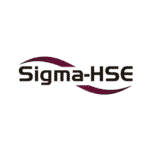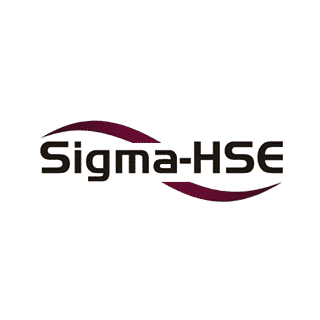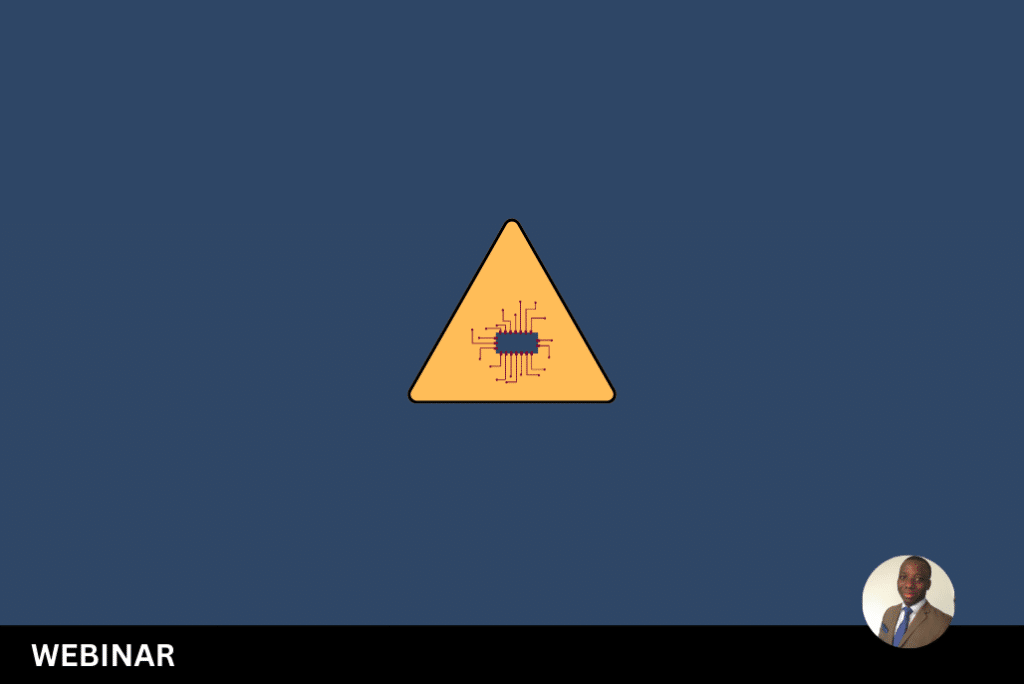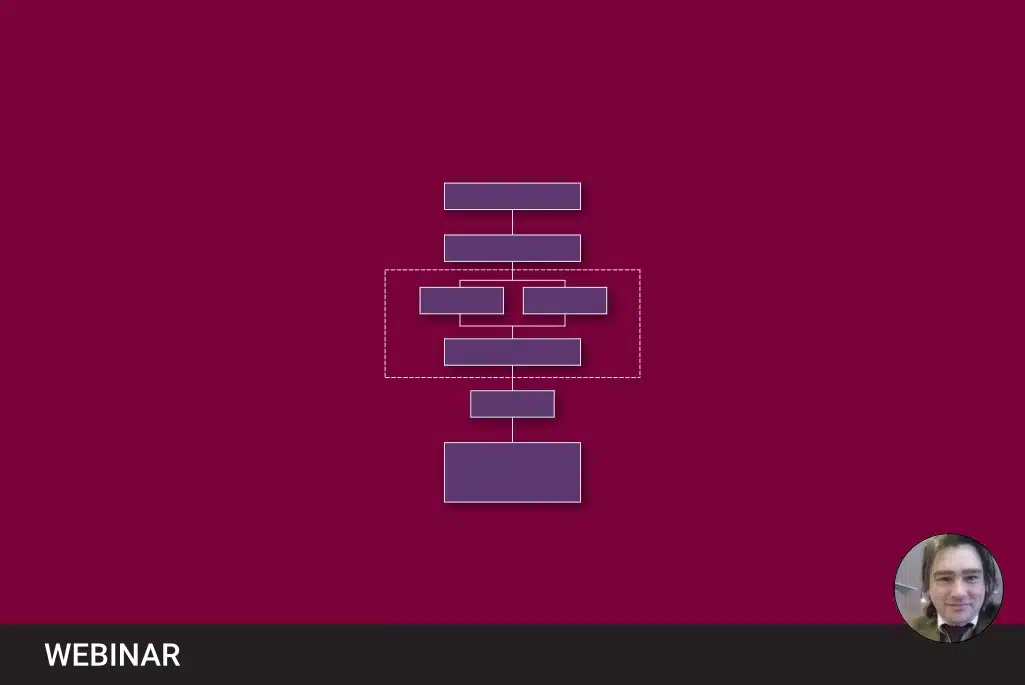Webinar: Mitigating & Eliminating Electrostatic Hazards
75 mins
Electrostatic discharges can act as a source of ignition resulting in fire or explosion. Electrostatic charging can occur when solids or liquids are in contact and move relative to other materials or by induction. This occurs in many industrial processes for example pneumatic conveying, pumping, dispensing operation, centrifuging, mixing, etc.
All operations are susceptible to charge generation, however, if charges are allowed to accumulate and discharge, an electrostatic hazard may arise in the presence of a flammable atmosphere.
Even electrostatic sparks that are far too small to be felt by people can ignite many industrial substances in the form of dust clouds, gases or vapours. The consequences of a fire or explosion can range from disruption of production to injury or fatality of personnel, loss of plant and damage to your brand reputation.
What you’ll learn:
- Understanding electrostatic charges and the hazards they present
- Types of electrostatic discharges and their relevance to explosive atmospheres
- Measures and good engineering practices to eliminate electrostatic fire and explosion hazards
This webinar is best for:
- HSE Directors and/or managers
- Process and HSE Professionals
- Plant Managers
- Project Managers and Risk Assessors

Technical Speaker – Dr Andrew Fowler, Director, Sigma-HSE
Dr Fowler received his BSc and PhD in Surface Chemistry from the University of Durham in 1984. He has sixteen years of experience as an HSE Process Safety Specialist Inspector covering field inspections, major hazards, and safety policy development. During his time at the HSE, Dr Fowler authored guidance publications and staff training manuals.
Following an accomplished career in the UK HSE, Dr Fowler gained a wealth of commercial consultancy experience. During this time, he completed multiple process safety management audits and published bespoke staff training programs.







